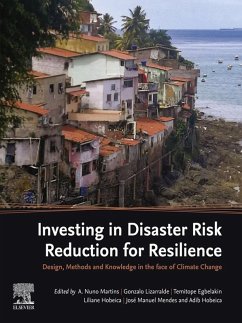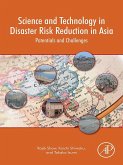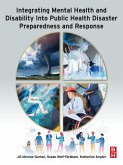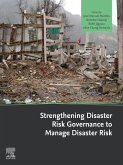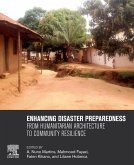In this book, prominent scholars and practitioners examine the successes and failures of the Sendai Framework. Their case studies show that, despite its good intentions, the Framework achieves very little. The main reason is that, while avoiding a political engagement, it fails to deal with disasters' root causes and guide the difficult path of effective implementation.The authors bring a fresh look to international policy and design practices, highlighting cross-disciplinary research avenues, and ideas and methods for low-income communities, cities and heritage sites in Portugal, Haiti, the United States, the Philippines, New Zealand, Sri Lanka, Nigeria, among other countries.Global action requires collaboration between heterogeneous stakeholders, but also the recognition of inequalities, power imbalances, and social and environmental injustices.
- Analyzes outcomes and drawbacks of implementing the third priority of the Sendai Framework for Disaster Risk Reduction
- Presents real-life attempts to increase risk resilience and climate-change adaptation, both before and after disasters
- Addresses design as a means to build resilience in community and heritage interventions
- Calls for embracing the complexities and dynamic character of DRR and climate-change knowledge, investment, and communication
Dieser Download kann aus rechtlichen Gründen nur mit Rechnungsadresse in A, B, BG, CY, CZ, D, DK, EW, E, FIN, F, GR, HR, H, IRL, I, LT, L, LR, M, NL, PL, P, R, S, SLO, SK ausgeliefert werden.

